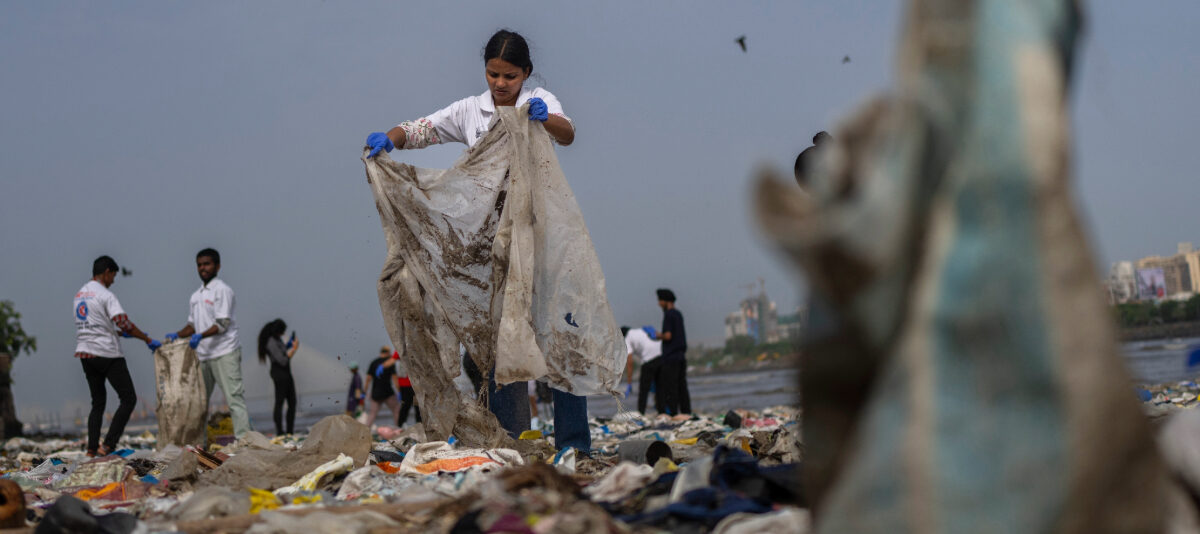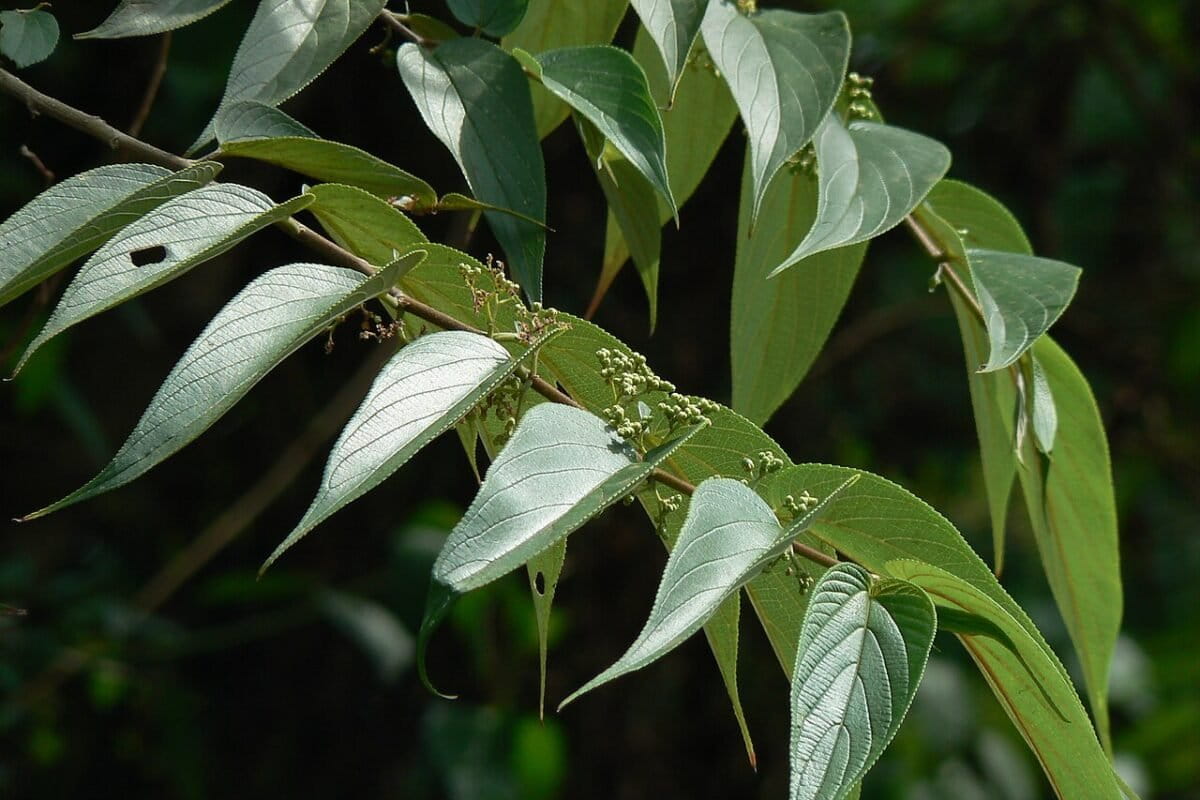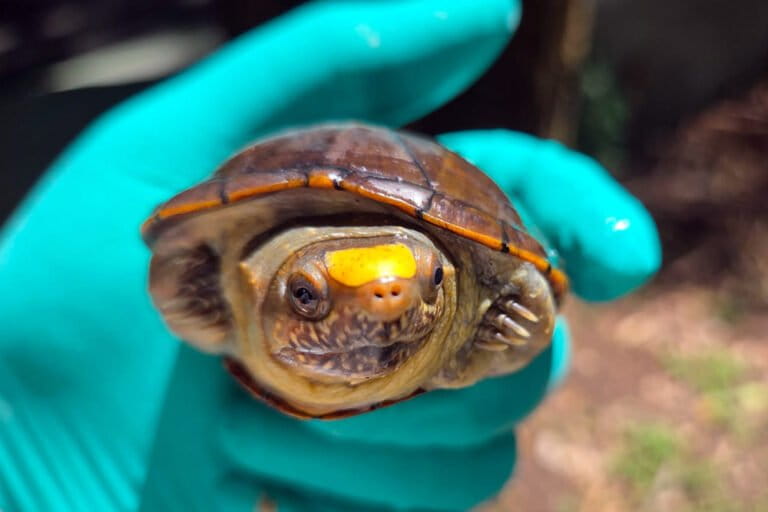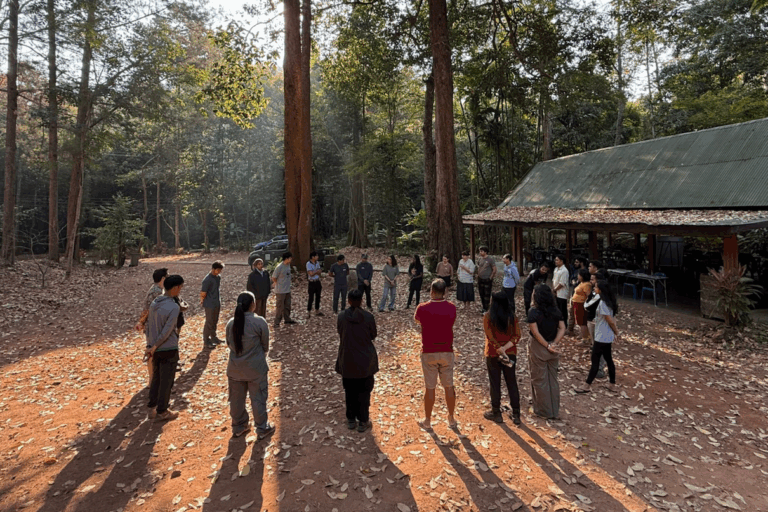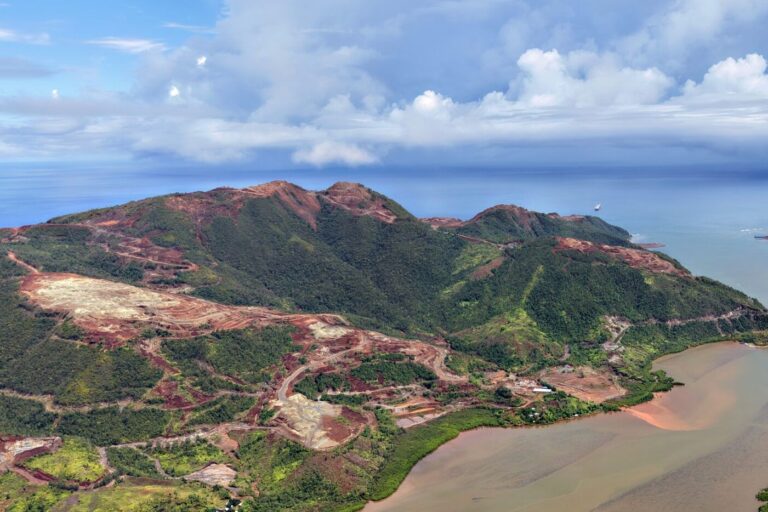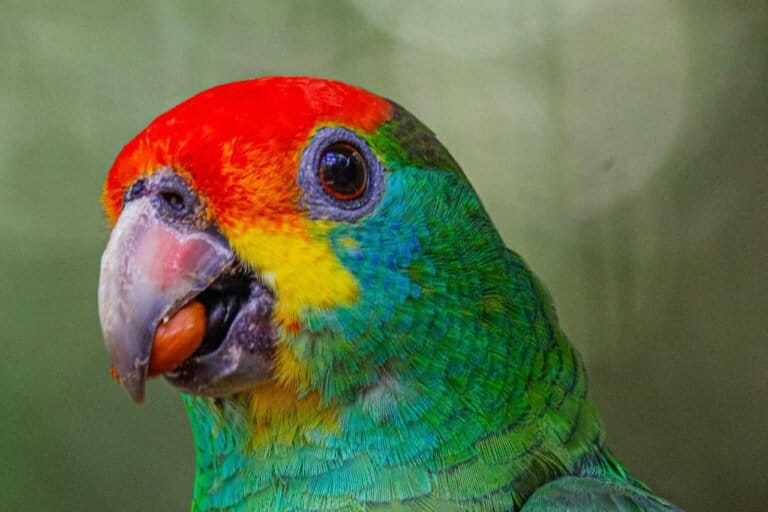- In a new paper, a group of 30 scientists offers suggestions for industry, land managers, governments and individuals to protect insects in the face of a global decline.
- Noting that invertebrates lack the “charisma” of larger species like pandas and elephants, the scientists call for spreading “the message that appreciation and conservation of insects is now essential for our future survival.”
- They suggest a list of actions that individuals can take to help, including planting native plants, going organic and avoiding pesticides, and reducing carbon footprint.
- “As insects are braided into ecosystems, their plight is essentially integrated with more expansive movements such as global biodiversity conservation and climate change mitigation and in an alliance with them,” the scientists say.
Life can’t function without insects. At least, not for long. Dutifully, they pollinate, break down waste, cycle nutrients, move seeds, and touch every node in the web of life, filling endless functional niches across the globe. And though we are seeing mass global insect declines, there may be hope.
In a newly published paper, a group of nearly 30 scientists from around the world offers suggestions for land managers, policymakers, and individuals to protect insects. The solutions paper was published alongside scientists’ warning to humanity on insect extinctions, in which the group expresses its deep concerns about global insect declines.
“The truth is that we need invertebrates but they don’t need us,” renowned biologist E.O. Wilson wrote in 1987. “If human beings were to disappear tomorrow, the world would go on with little change … But if invertebrates were to disappear, I doubt the human species could last more than a few months.”
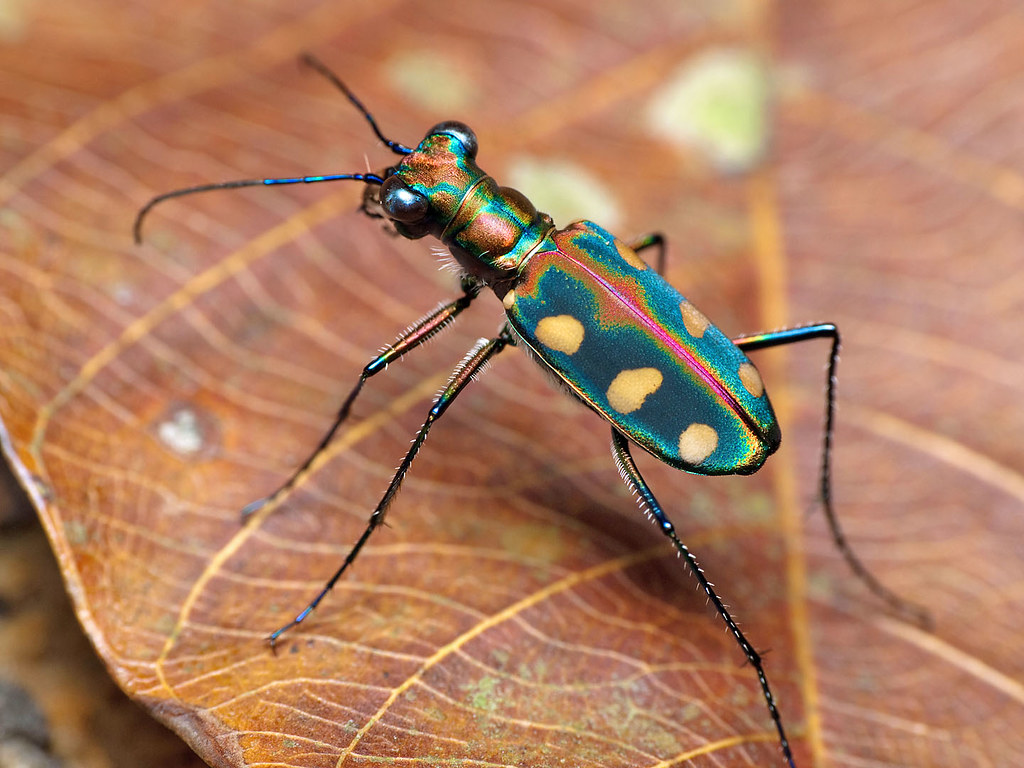
According to the largest study of insect populations to date, insect populations are declining by about 0.92% per year, amounting to 24% fewer insects in 30 years and 50% fewer in 75 years.
The authors suggest nine things that individuals can do to help out the insects, including:
- Mow your lawn infrequently or get rid of it;
- Plant native plants, which are all that many insects need to survive;
- Go organic and avoid pesticides — your own back yard is a good place to start;
- Leave stumps, logs, old trees and dead leaves alone as they are home to many insects;
- Construct an insect hotel;
- Reduce your carbon footprint. This helps all life, including insects;
- Give conservation organizations your support and/or volunteer time;
- Do not release wild animals and plants into the wild that could harm native species. Do not import non-native species;
- Tune in to the tiny creatures around you and “always look on the small side of life.”
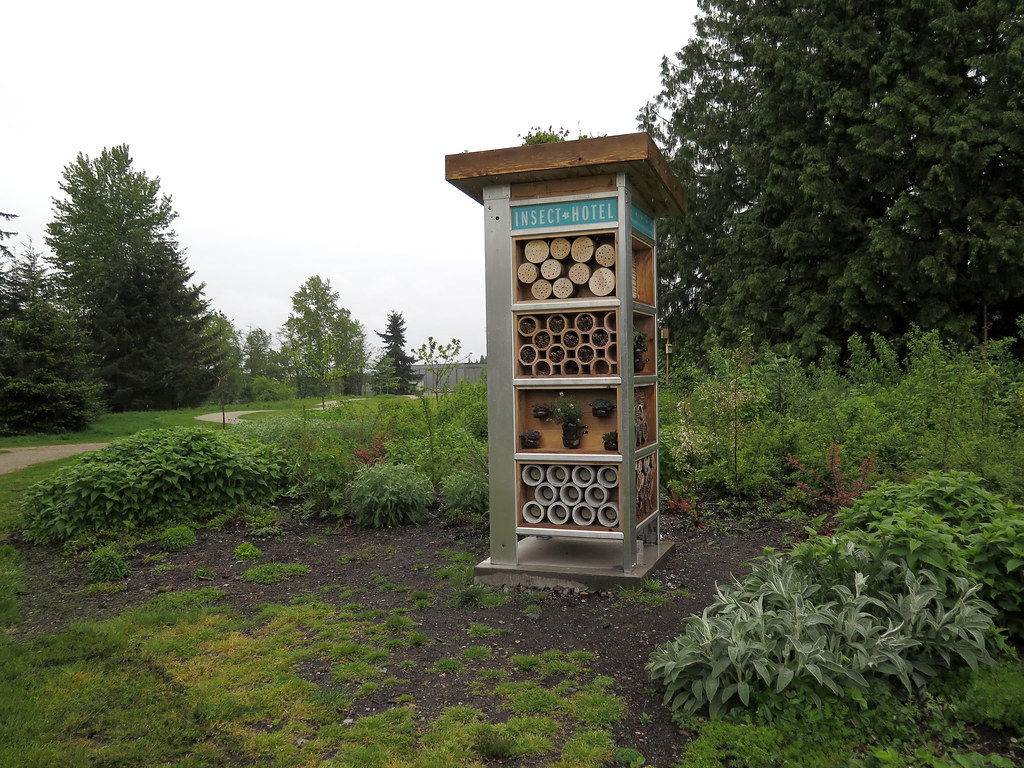

Insect conservation faces a problem of charisma, the authors note. Insects are not as widely regarded as other high-priority conservation species like pandas or elephants. To raise awareness, they suggest, conservationists and communicators should focus on the value of insects’ relationship to human survival and elect insect “icons” (like bumblebees and butterflies) to connect with the public.
“Instrumental value is the language of policy makers and environmentally responsible large corporate land holders who offer great opportunities for insect conservation,” they say in the paper. They urge spreading “the message that appreciation and conservation of insects is now essential for our future survival.”
The researchers advocate for the conservation of forests, savannas and grasslands as well as making the most of less obvious areas of insect habitat such as alongside roads, utility corridors, and on military bases and airports.
Tracts of primary forests can serve as reservoirs of biodiversity to repopulate regenerating areas. Forests need to be structurally diverse, containing not only a variety of trees and plants, but also fallen trees, logs, stumps and leaf litter, all unique microclimates where different sorts of insects live.
Pesticides, herbicides, and other runoff from agricultural sites are major causes of insect decline, so a move toward organic farming and agroforestry practices that keep pesticides at a minimum and out of watersheds are also recommended.
On a larger scale, efforts to fight climate change, conserve ecosystems, and reduce pollution will also benefit the insects. “As insects are braided into ecosystems,” the paper says, “their plight is essentially integrated with more expansive movements such as global biodiversity conservation and climate change mitigation and in an alliance with them.”

There are easily more insects, by mass, on the planet than all mammals (including humans) combined, and they are also hyper-diverse. A 2012 study found more insect species in an acre of rainforest in Panama than there are mammal species in the entire world. And current estimates suggest that more than 5.5 million species of insects live on the planet, only a fifth of which have been named by science.
New species, like these three new moths named for famous alpinists, are regularly discovered by entomologists, but further assessment, inventorying and mapping of global insect distributions are needed to better understand and protect insect diversity.
The monarch butterfly, for instance, benefits from decades of population monitoring through large coordinated and citizen science efforts. Only when a population is known, named and monitored can it be a candidate for “red-listing” (being listed with a conservation status on the IUCN Red List) and the protections that come with that status. A decision will be made in December of 2020 on the red-listing of the monarch butterfly, after years of steady population declines.
Freshwater insect numbers appear to be on the rise in North America and Europe, where clean-water measures have been enacted over the past 50 years, a recent study shows. Freshwater insects benefit from connectivity of waterways, intact riparian zones, control of invasive species, and by installing or maintaining high-quality ponds in places like golf courses and military training grounds.
“Insect populations are like logs of wood that are pushed under water,” Roel van Klink, a scientist at the German Centre for Integrative Biodiversity Research (iDiv) and Leipzig University, who was not involved in that study, said in a statement.
“They want to come up, while we keep pushing them further down. But we can reduce the pressure so they can rise again. The freshwater insects have shown us this is possible.”

To learn more about insect declines and solutions, see part four of Mongabay’s investigative series The Great Insect Dying: “How to save insects and ourselves.”
Banner image of a damselfly by Miroslav Hlavko via Shutterstock.
Citations:
Samways, M. J., Barton, P. S., Birkhofer, K., Chichorro, F., Deacon, C., Fartmann, T., … Cardoso, P. (2020). Solutions for humanity on how to conserve insects. Biological Conservation, 242. doi:10.1016/j.biocon.2020.108427
Van Klink, R., Bowler, D. E., Gongalsky, K. B., Swengel, A. B., Gentile, A., & Chase, J. M. (2020). Meta-analysis reveals declines in terrestrial but increases in freshwater insect abundances. Science, 368(6489), 417-420. doi:10.1126/science.aax9931
Wilson, E. O. (1987). The little things that run the world (The importance and conservation of invertebrates). Conservation Biology, 1(4), 344-346. doi:10.1111/j.1523-1739.1987.tb00055.x
Liz Kimbrough is a staff writer for Mongabay. Find her on Twitter @lizkimbrough_
FEEDBACK: Use this form to send a message to the author of this post. If you want to post a public comment, you can do that at the bottom of the page.



